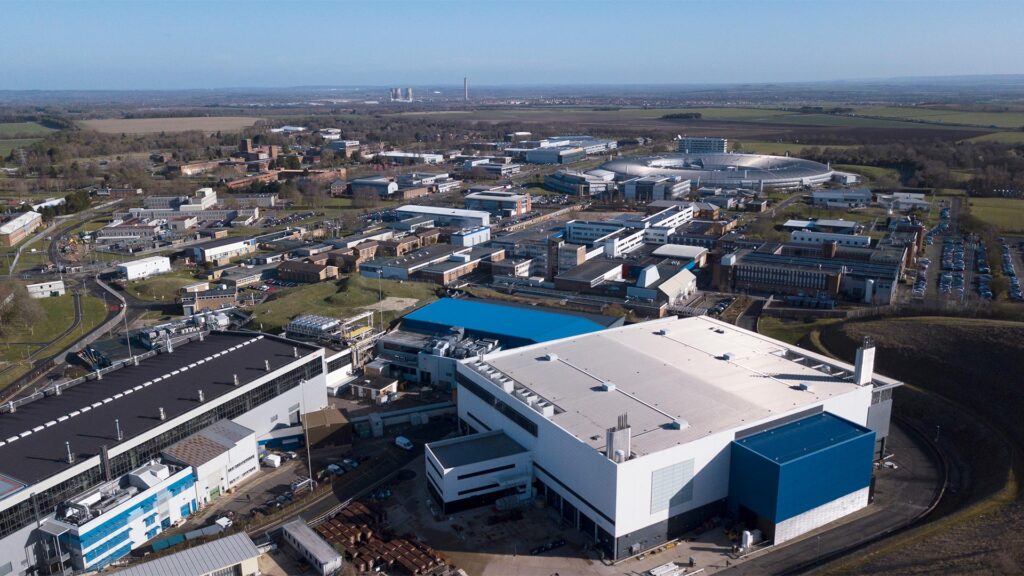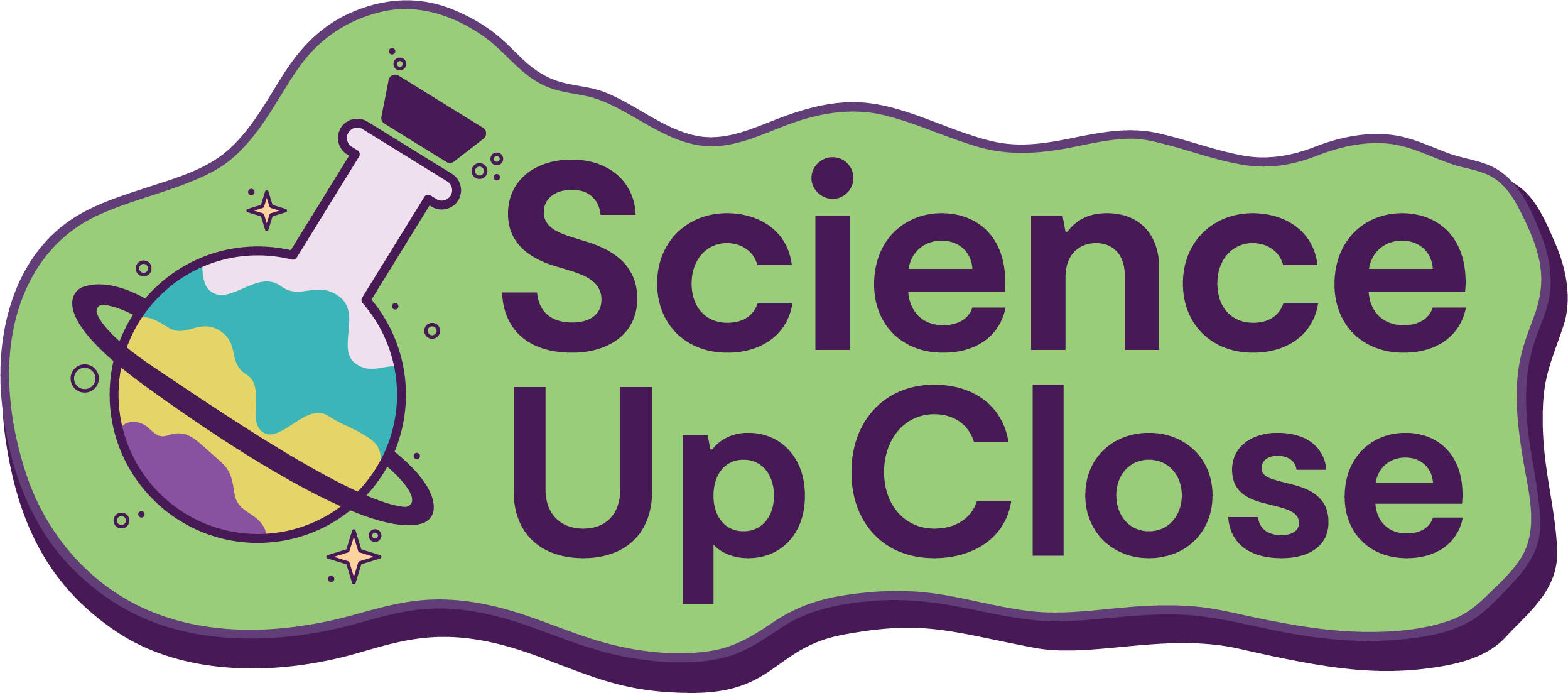
Harwell Campus plays a leading role in keeping the UK at the forefront of research. In June 2024, Harwell will welcome visitors to explore behind the scenes, and to see first-hand where some of the world’s most pioneering research takes place, meeting the scientists and technicians who deliver the breakthroughs and discoveries they hear about on the news.
The Harwell Campus hosts a range of world-leading scientific facilities, which will be opening their doors to visitors this June. The ISIS Neutron and Muon Source, RAL Space, Scientific Computing, Particle Physics, the Central Laser Facility and Diamond, the UK’s national synchrotron light source, are just some of the exciting places opening their doors, all located on site.
Experts from our different facilities will be on hand to explain their inspirational work and how it will improve life for current and future generations. There will be marquees and exhibitions located around the site where visitors can delve deeper into the science and technology carried out at other locations run by the Science and Technology Facilities Council (STFC) – from supercomputing, accelerator science, and next generation telescopes to biological sciences and robotics.
We’ll be updating this page with more information about what you can see and do while you’re visiting: our site is very large, and so you won’t be able to see everything in just one day, but there will be fascinating and exciting activities all across site, so wherever you go you’ll have a fantastic time!
On site, we cover an enormous range of science – from the incredibly small to the inconceivably vast! Our work covers all of our seven themes – collect stickers as you go around site and find out more about each of them!
- Seeing the invisible
- On site, we are always working on new ways to see and understand the world around us: whether that is using infra-red light to explore the furthest corners of the Universe, or using X-rays to peer deep into the structure of everything from the structure of viruses and medicines to new and more efficient types of batteries.
- Exploring our Universe
- Throughout history, humanity has always marvelled at the stars – and with new technology like the James Webb Space Telescope we’re able to look deeper and further into the Universe than ever before.
- Computing our world
- From the beginnings of virtual effects in films, to the future of artificial intelligence, machine learning and quantum computing, we’re always striving to push the boundaries of computing. We work with people all around the world to store and manage data, working together to understand weather patterns and climate change with the Met Office and uncovering the fundamental building blocks of our Universe with the Large Hadron Collider.
- Discovering our past
- Not only is the history of Harwell Campus fascinating, but we also use our facilities to look back deep into our history: whether that’s studying Samurai swords, the meteorite that killed the dinosaurs or understanding more about how Roman helmets were made.
- Improving our health
- From developing new medical imaging techniques to helping in the fight against coronavirus, our work in the life sciences includes some of most important things we do on site – as well as the most fascinating!
- Engineering the incredible
- Our incredible engineers work with and develop all kinds of amazing materials to build our experiments – on site and around the world. Whether it’s working at extreme temperatures or creating experiments to greater precision than the width of a human hair, our engineers are always looking for new, better and more efficient solutions.
- Protecting our planet
- We are passionate about protecting our planet, and much of our work combating climate change, understanding the Earth’s climate, sustainable solutions and future energy sources. We often use the natural world for our inspiration – looking at polar bear hair to try to make more sustainable paints and trying to understand just why spider silk is so strong!
